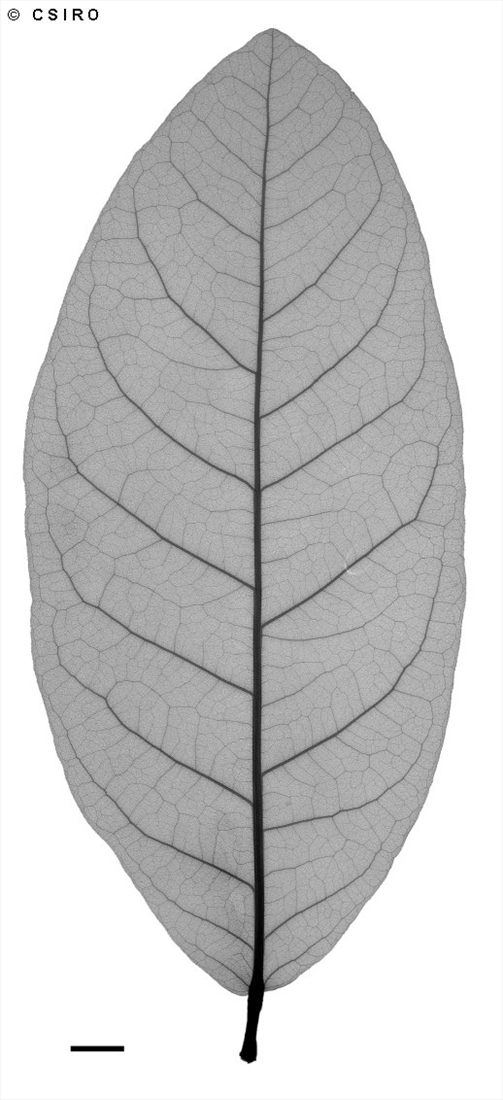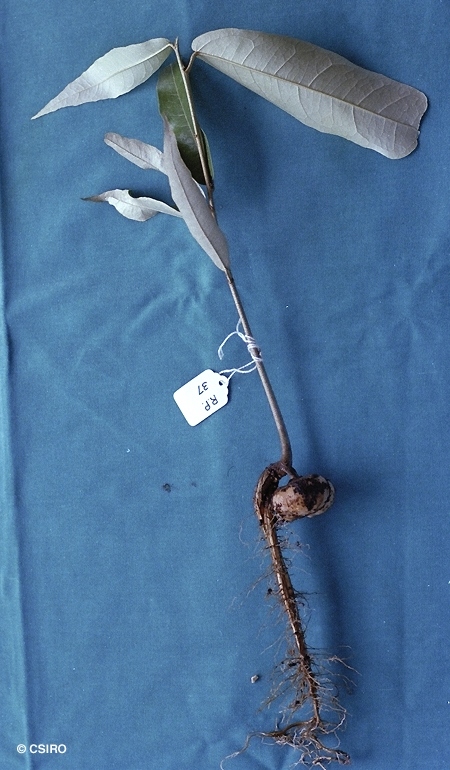Australian Tropical Rainforest Plants - Online edition
Heritiera littoralis Aiton







Aiton, W. (1789) Hortus Kewensis 3: 546. Type: Nat. of the East India Islands: Zeylon, J. G. Koenig, M.D. Pulo Condore. Mr. Dav. Nelson. Introd. 1780, by Sir Joseph Banks, Bart.
Looking-glass Mangrove; Lookingglass Tree; Beach Tulip Oak; Red Mangrove; Tulip Mangrove; Looking Glass Tree
A tree with conspicuous, branched, sinuous, plank buttresses.
Perianth about 5-7 mm long, stellate pubescent on both the inner and outer surfaces. Perianth lobes shorter than the perianth tube.
First pair of leaves linear, base auriculate, lower surface white or silvery from numerous flat scales. At the tenth leaf stage: leaf blade elongate-elliptic to linear, apex acuminate, base auriculate, upper surface with scattered brown or silvery scales, lower surface white or silvery from numerous scales; petiole, terminal bud and stem clothed in brown scales. Seed germination time 65 to 201 days.
Food plant for the larval stages of the Common Oakblue Butterfly. Common & Waterhouse (1981).
This species may have medicinal properties. (http://squid2.laughingsquid.net/hosts/herbweb.com /herbage/A13062.htm)
The leaves of this species are regarded as a contraceptive. Cribb (1981).





